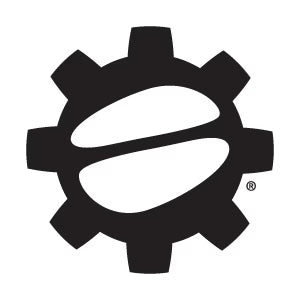Have you ever heard the saying, ‘Fake it ‘til you make it?’ This is my mantra in a sea of professional coffee quaffers. The words crema, micro foam, portafilter and panarello were not previously in my vocabulary. I enjoy any coffee that I don’t have to make myself. And after such a confession, you can now see why I approached the Crossland CC1 with trepidation.
At first glance the Crossland CC1 had a nice compact size for a serious espresso machine. It was not a countertop hog. I flipped the switch on and watched Gail's video while the machine warmed up. Miranda walked by and gave me a pro pointer: ‘Pre-heat the portafilter in the group head.’ There are two knobs on the front of the machine which I pushed with hilarious results as 202°F water streamed through the empty portafilter and into the drip tray; I’m glad the drip tray had good capacity. I glanced at the water reservoir level, visible from the front, and there was still plenty of water left to try again. Next, I unfolded my Seattle Coffee Gear cheat sheet and began with renewed hope that I could pull a decent shot my first time out. The included 58mm portafilter felt heavy in my hand as I used an Ascaso grinder that had been dialed in already. The delicious smell of freshly ground Velton's Bonsai Blend filled me with anticipation. I tamped the fluffy grinds using an Espro calibrated tamper that Teri had told me about. This is a great beginner tool since I am not familiar with what 30 pounds of pressure feels like. Now, the Crossland CC1 was ready, and so was I. From the menu, I selected the one-cup option (which is programmable) and positioned my lucky cow cup to catch the espresso. What I observed was that more dripped out one side than the other -- a rookie mistake! My dosing and tamping skills needed much more practice. Before anyone noticed, I used the knock box to discard my mucky puck. This was user error, not the fault of the machine or the grind. My crema looked alright and the espresso was tasty, but I would not win a barista competition any time soon. The Crossland CC1 was ready to go for milk frothing with no delay, thanks to a large boiler and thermoblock combination. If you like milk based drinks like I do, this is important because you don’t have to wait long to steam your milk. I scored a chilled stainless steel frothing pitcher from the SCG break room (a magical place where countless cups of coffee are consumed) and filled it 2/3 of the way full. The tip of the traditional steam wand was just under the milk when I turned the front button to ‘steam’ and turned the dial on the side of the CC1 to inject the milk with perfectly heated steam. It made my milk much foamier, much quicker than I expected. I was impressed! *Procedural Note: I had previously frothed my milk prior to pulling the shot, just like Gail has advised us to do on a machine like this, but Kaylie stole my milk for her latte. Hence the CC1 steamed two pitchers of milk and pulled a nice shot of espresso without hesitation. Although I did not brag about my first attempt, or even my second attempt the next morning, the CC1 is a great machine to learn on. It felt solid and there were no delicate parts for me to break. It was forgiving of my lack of skill! Imagine what it could do for someone who actually knows how to pull an espresso shot -- the possibilities are endless.

